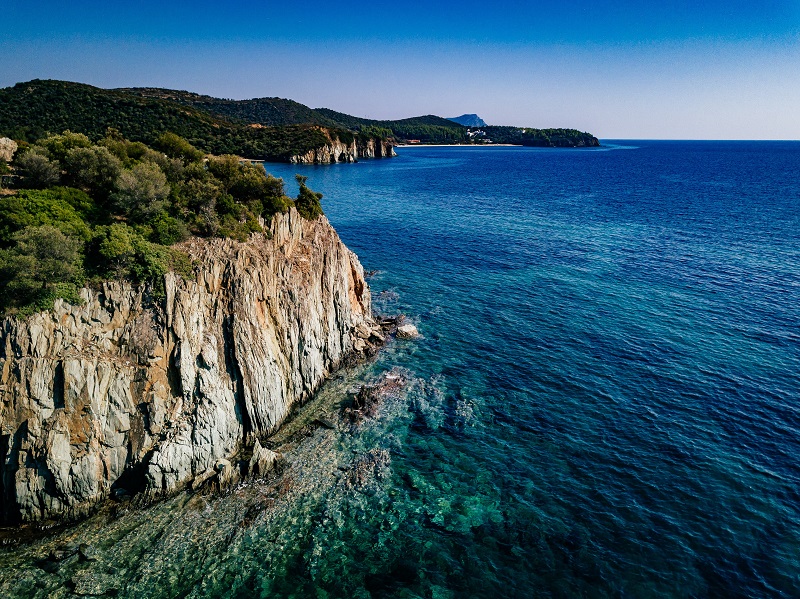
3. Denmark
For a good reason, Denmark’s groundwater is among the cleanest in the world. It is the result of the country’s consistent efforts to purify the country’s wastewater and protect its aquatic environment with the help of more than 1,000 water treatment plants, according to the Danish Environmental Protection Agency (EPA).
Perhaps partly because of the costs associated with running too many treatment plants, Denmark’s water prices are relatively high, but in the end, that’s a good thing. Similar to how carbon taxes operate, the high water price of the country discourages its residents from using a surplus amount which allows the interrupted flow of clean water cycle.
Denmark is also home to the “world’s greenest city,” Copenhagen. There are so many things that we can learn from this environmentally friendly area, starting with its famous landmark, CopenHill, also known as Amager Bakke.
CopenHill is a power plant that turns waste into renewable energy for tens of thousands of local households to provide heat and electricity, but that’s not all it does. It even works as an artificial skiing and snowboarding slope! Copenhagen also promotes the use of environmentally sustainable forms of transportation for its residents.
All of the city’s buses are electric, you can rent electric bicycles easily, and in some of the world’s purest waterways, you can take trips on small, solar-powered boats.

4. Malta
Like Denmark, Malta’s high EPI rating has partly to do with its high-quality drinking water, water safety, water storage, and wastewater treatment, each of which won perfect scores. This is mainly because of Malta’s efforts to proactively use every bit of water it can, due to its scarceness.
The country experiences “low levels of rainfall and high temperatures, which results in low natural water availabilities and significant losses through evapotranspiration,” according to the European Environment Agency.
Here’s what that means to island residents: First, water prices are high as an incentive to lower domestic use. Secondly, the consumer has a significant role to play in regulating how much water is consumed. For example, it is becoming increasingly difficult to buy toilets, washing machines, and dishwashers which use an excessive abundance of water, leaving people opting for more eco-friendly alternatives.
The 2030 National Energy and Climate Plan, the Climate Action Act and the Low Carbon Development Strategy are other environmental policies that help Malta earn its high marks. These are all calls for action for both people and government to combat climate change by diverse efforts, such as tree planting and “the use of funding instruments directed towards a low carbon economy.”











































